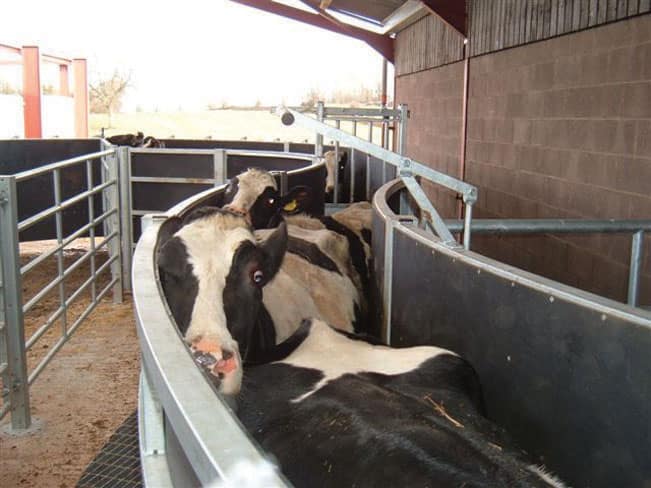Livestock Handling and Behavior Training Techniques
Keeping livestock is a rewarding endeavor for many people living in rural areas or homesteads. However, handling and training livestock can sometimes be challenging. Understanding the behavior of different types of animals and employing effective handling techniques are crucial for maintaining the welfare of your livestock and ensuring a safe environment for both you and your animals.
1. Understanding Animal Behavior:
Before delving into specific handling techniques, it’s important to have a basic understanding of animal behavior. Each species has its own unique behaviors, instincts, and communication methods. For example, cattle are herd animals that rely on social hierarchies, while pigs are highly intelligent but can be easily startled. By familiarizing yourself with these characteristics, you can tailor your approach accordingly.
2. Calm Approach:
Approaching livestock calmly is essential to prevent them from becoming stressed or agitated. Sudden movements or loud noises may startle them, which could result in unpredictable behavior or even injuries. Move slowly around your animals and speak softly to maintain a relaxed atmosphere.
3. Use Proper Equipment:
Having the right equipment makes handling livestock much easier while also reducing stress on the animals. Tools such as sorting panels, head gates, chutes, halters, and ropes should be properly maintained to ensure their effectiveness during handling procedures.
4. Respect Personal Space:
Like humans, animals value their personal space too! Invading this space may trigger defensive reactions or aggression from some individuals who feel threatened by encroachment upon their territory. Avoid crowding them unnecessarily when working around them; respect their boundaries to create trust between you and your livestock.
5. Positive Reinforcement:
Training using positive reinforcement is an effective way to shape desired behaviors in livestock without resorting to forceful methods that may harm the animal’s psychological well-being or negatively impact productivity levels over time.
6.Creating Associations:
Animals learn through associations; therefore establishing positive associations with certain actions or behaviors can help in training them. For example, providing a treat after successfully completing a task reinforces the idea that cooperation leads to rewards.
7. Understanding Body Language:
Animals communicate through body language, and being aware of their signals is crucial for effective handling. Pay attention to ear position, tail movement, posture, and vocalizations as they can indicate an animal’s mood or potential aggression.
8. Consistency and Patience:
Consistency in handling techniques is vital for successful training. Animals thrive on routine and repetition; therefore, maintaining consistent cues will reinforce their understanding of desired behaviors over time. Additionally, patience is crucial when working with livestock as some animals may take longer to learn new tasks than others.
In conclusion, handling livestock requires knowledge of animal behavior and appropriate techniques to ensure the safety and well-being of both humans and animals involved. By employing calm approaches, using proper equipment, respecting personal space, implementing positive reinforcement techniques while creating associations with desired behaviors through consistent routines – you’ll be well on your way to effectively managing your livestock’s behavior training needs!


Leave a comment